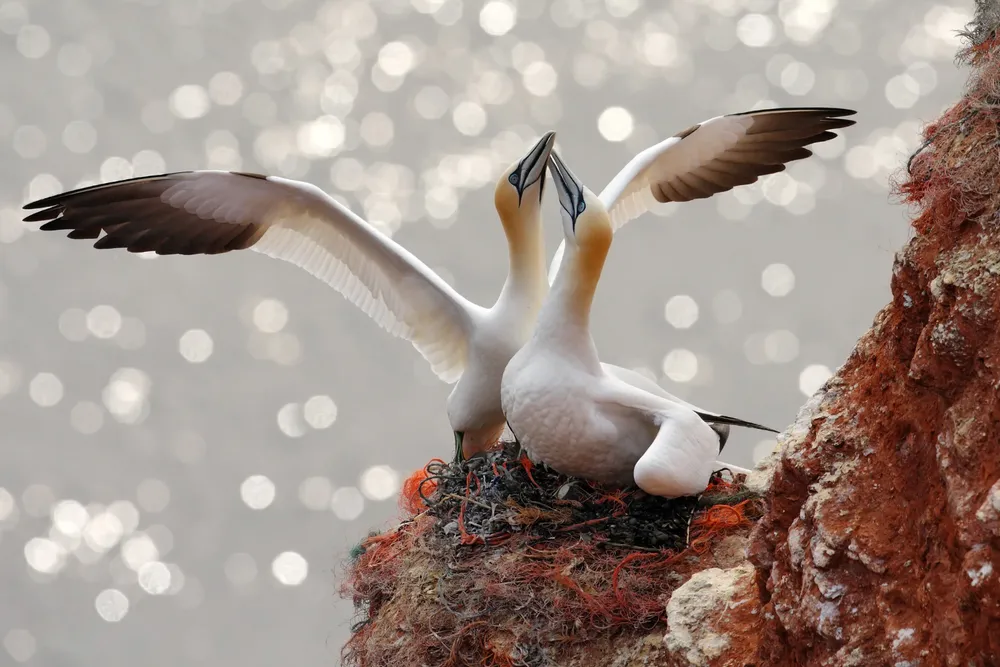UK offshore wind mega-project could kill 50,000 seabirds, claim charities
Developer SSE counters that cutting emissions through renewable energy will reduce worst effects of climate change, 'the biggest single threat to Scottish seabirds'

Conservation groups have written to the Scottish government urging it to reject SSE’s 4.1GW Berwick Bank offshore wind project, claiming it would be “catastrophic” for seabirds and kill 50,000 over its lifetime.
The Royal Society for the Protection of Birds (RSPB), RSPB Scotland, the Scottish Wildlife Trust, the National Trust for Scotland, the Marine Conservation Society and the Scottish Seabird Centre wrote to Scottish First Minister John Swinney last week calling for him to refuse planning consent.
“It has become increasingly clear to us that the potential impacts of Berwick Bank are so severe that they overshadow and are undermining the progress of other, lower impact project applications,” said the groups.
They stressed that they “support Nature Positive Offshore Wind and strongly believe offshore renewables, if done in the right way and in the right locations, can help address the climate and nature emergency.”
However, they believe that Berwick Bank, which they said would cover an area four times the size of Edinburgh, would kill many tens of thousands of seabirds over its lifetime.
The RSPB wrote separately in a press release that Berwick Bank could kill 50,000 seabirds and displace 150,000 more over its lifetime. The project area is it said used extensively by Kittiwakes, Puffins and Gannets.
“It can’t be overstated,” said RSPB. “If the Scottish Government allows Berwick Bank to go ahead, the impacts will be so enormous that future potentially less damaging developments will not be able to proceed.”
Berwick Bank will it claimed be “so destructive that it will be impossible to approve projects that have relatively less serious impacts on seabirds. The damage will have already been done.”
“The UN has already warned the world could warm by a massive 3.1C this century without greater action.”
“Developing a world leading offshore wind industry, with projects of the scale and ambition of Berwick Bank, is a key part of combating the catastrophic consequences of that.”
SSE submitted a planning application for the wind farm to the Scottish government in 2022 and Meredith said that, having been in the process for almost 30 months, “we must move forward urgently with action and delivery for the climate and our iconic Scottish seabirds.”
SSE said Berwick Bank has completed one of the largest known ornithology surveys in the world of the proposed area, which included 25 months of aerial surveys.
In October, SSE said that following feedback from stakeholders and despite soaring prices for seabed in recent leasing processes, it will not develop the entire area available for Berwick Bank. Instead, it will cut overall size of the site by around 10% compared to the area available for development in order to mitigate the potential impact on the local seabird populations.
Berwick Bank has also proposed to raise the minimum height of the turbine blades from 22 metres to 37 metres above sea level to allow for bird passage through the site.
(Copyright)